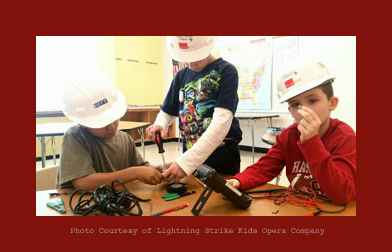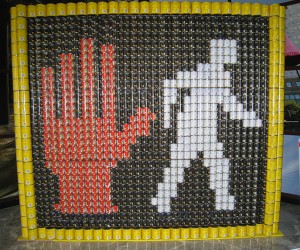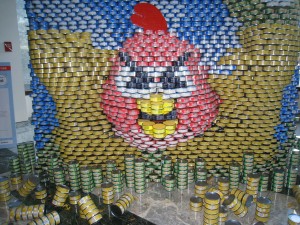When we succeed at doing something creative, like writing a book, getting a painting accepted into an art show, inventing something that in some small way makes the world a better place – in our Extraverted world, we’re unfortunately rewarded with something that many people don’t want. A spotlight is cast upon us and we’re asked to make a public speech. This prize is enough of a demotivator that some people have said: they are discouraged away from even trying to do anything creative.
Why do some people love the attention of speaking and others prefer to be listeners? The difference between Introversion and Extraversion is simply that Introverted persons tend to mostly prefer alone time for reflecting to charge their energy while Extraverted persons instead mostly recharge by being around others and engaging their world.
But, comfort with public speaking is about something else entirely – it’s about practice. By their very nature, Introverts tend to get less practice speaking so they often don’t give themselves the opportunity to develop the skills of a typical Extravert – who tends to have more practice engaging with people. With practice, public speaking is something that everyone can succeed at and even enjoy. Public speaking isn’t the critical problem for introverts but something else is.
There is one overarching disadvantage of being an Introvert that many don’t realize – and knowing what it is can help when it matters. I briefly write about this in CREATIVE YOU and now realize more needs to be said. We all have a dominant function that relates to our greatest strength. While Extraverted people tend to lead with their strengths, the disadvantage that Introverts face is that they often conceal their strongest function. Introverts frequently keep the richness of their inner world to themselves and a trusted few, and instead, what they share is their second strongest function.
Sometimes using your second best is ok, but in our hyper-competitive world, it certainly puts us at a self-inflicted disadvantage. To understand, we don’t need a technical discussion about our cognitive functions here because I think you can imagine playing a poker game where an Introverted person lays out a second best hand in front of an Extravert who shows only the best cards. What if we didn’t send our very best athletes to the Olympics but instead sent the folks who just missed in the trials. For Introverts, it’s the lead played by our understudy night-after-night while the star is able and watching from the dressing room. It’s the Introverts nature to hold back their best and if you tend to do this, its not only a supreme competitive disadvantage for yourself, it does a disservice to those who depend on you to bringing your A-game.
For Extraverts, by fostering an environment of trust, you gain trust from your Introverted colleagues and they are more likely to share their richness of thought. And Introverts, to be appreciated, respected and to better contribute –
sometimes its not enough to know, you have to show what you know.
By simply curving a line to become an ocean wave you are sharing what’s important – you don’t have to share the depths but at least share enough near the surface for others to know what you are about.
Being creativity can takes quiet contemplation and sharing your best ideas has risk plus takes courage. When it matters – set out your finest china and fill your crystal glasses to serve your best ideas – good things will happen.









